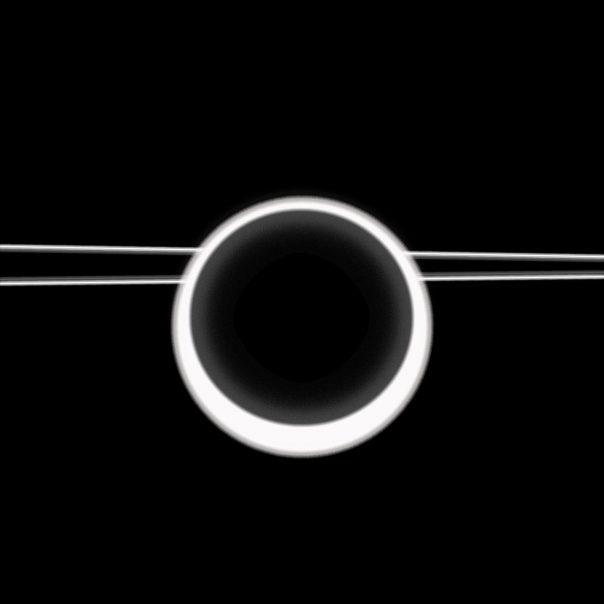ALBUM REVIEW: The Smashing Pumpkins keep pushing on ‘Aghori Mhori Mei’

The Smashing Pumpkins, “Aghori Mhori Mei.”
Billy Corgan’s Smashing Pumpkins have reached the level of cultural wallpaper. The band’s ’90s hits like “Today” and “Cherub Rock” are as well known as Lynyrd Skynyrd’s “Sweet Home Alabama” and Bachmann Turner Overdrive’s “Takin’ Care of Business.” But over the band’s nearly four-decade-long career, Corgan has resisted the temptation to take the band back to the specific amalgam of Sabbath tones and hippy vibes that made it famous. Instead, he’s—at various points—tried clearing the decks and making records without founding guitarist James Iha and drummer Jimmy Chamberlain, bringing them back and switching up guitarists. More recently, he replaced Jeff Schroeder with YouTube shredder Kiki Wong, who beat out nearly 10,000 other aspiring guitarists.
Aghori Mhori Mei
The Smashing Pumpkins
Thirty Tigers, Martha’s Music, Aug. 2
8/10
Get the album on Amazon Music.
The band’s latest album, Aghouri Mhori Mei, features LOTS of guitars, despite the fact that Wong does not play on it. Two long jams, each longer than six minutes—”Edin” and “Pentagrams”—kick off the album with epic arrangements. “Edin” moves from stoner rock sludge to Tool-like mid-song breakdowns, to super-psychedelic clean guitar before finally shifting into full-tilt rock with intricate tom work by Chamberlain.
“Pentagrams” evolves from muted power chords to epic walls of sound, and back to quiet again. “Need a blast, iridium/Blow this town for tedium/ Leave the damned and delirium/ For all you know/ You know/ Monkey minds and medium,” Corgan sings the song’s Lennon-esque word association with his nasally sneer.
Other songs like “999,” “Pentecost” and “Munau” begin with delicate piano before exploding with a wall of guitar noise, anchored by powerful strings. In places, Corgan seems to disappear in the music, his lyrics lost in guitar noise or processed electronically. There are no songs as simply and lyrically straightforward as early hits “Today” or “Disarm,” and instead Corgan’s vocals seem elaborately costumed, much like his onstage look.
“Who Goes There?” is a notable exception. “So I found/ A postcard from the cross/ Said, hey, hi, how are you?/ The weather’s fine/ If you like that kind of view,” he sings over bouncy synths. But as buoyant guitar parts joins the mix, Corgan seems, again, to hide in free-association lyricism. “And zebras on a megaphone, say/ It’s time to leave, yeah/ No one’s gonna take us home/ No one’s gonna leave us alone/ For the rest of days/ Father to the child/ I’m daughter to the man.”
RELATED STORIES:
• BottleRock 2023 Day 1: Smashing Pumpkins, Post Malone, 10 other sets we loved
• REVIEW: The Smashing Pumpkins attempt an experiment on ‘CYR’
• REVIEW: The Smashing Pumpkins shift shapes on ‘Shiny and Oh So Bright Vol. 1’
“Sighommi” churns with Red-Hot-Chili-Pepper-style power chord riffage from their one record with Jane’s Addiction guitarist Dave Navarro. Eventually, the elaborate guitar strains become almost shoegazy in their blur. “War Dreams of Itself” is one of the album’s hardest rock tracks, calling to mind the pummeling chug of Ministry as it slowly grows in malevolence.
By their very nature, the Smashing Pumpkins seem unable to return to form, and instead seek out new elements to stand in for those key elements of the band’s sound that have become familiar with radio saturation. Since the band was born of precisely this kind of experimentation, it feels like it’s still working in that same tradition, but these days selling out arena shows rather than the small clubs that birthed it.
